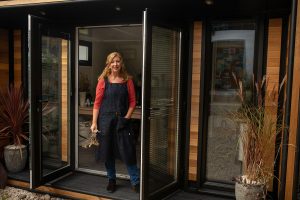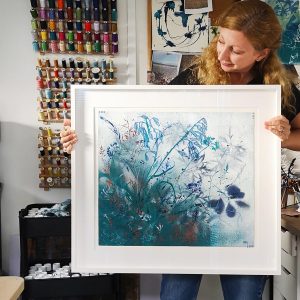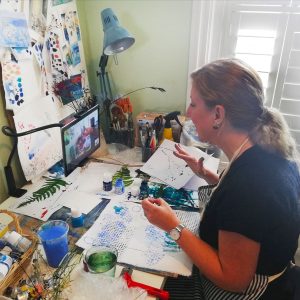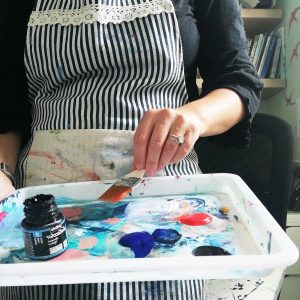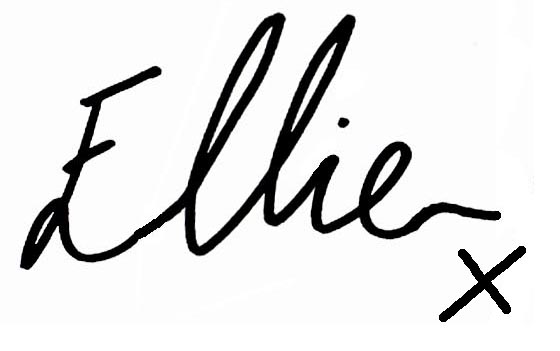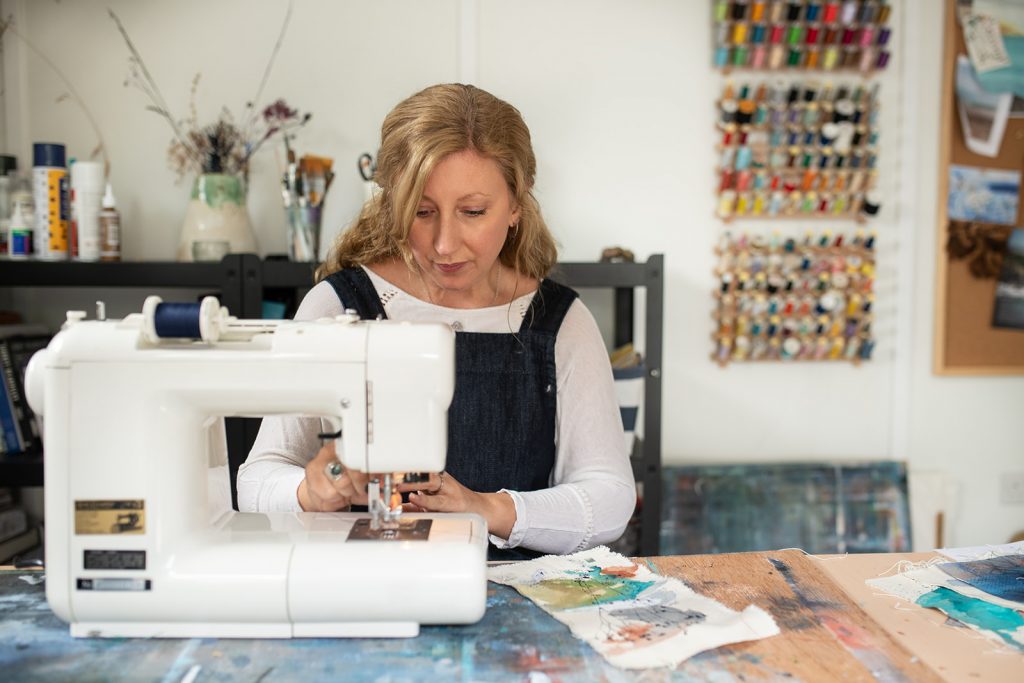
Right now, it’s a really exciting time for textile art. Attitudes are changing – the creativity, vision and skill are finally being recognised and celebrated. Textile art is finally becoming more widely accepted as ‘art’. But it hasn’t always been this way…
The history of textile art
The idea of textiles as an art medium and art form didn’t take hold until recently because of its gendered assignment and for the fact that weaving, knitting, and sewing were largely dismissed as ‘women’s work’. – Sotheby’s
Textile art had a moment in the 1960s-70s, when the fibre art movement was embraced by artists, predominantly women, across the USA and Europe. Artists ‘began experimenting with thread and fabric, often pushing them into three dimensions and away from the wall’. But textile art didn’t claim its place in the art world. Jenelle Porter, curator of Fiber: Sculpture 1960-Present (2014-2015), wrote in the exhibition’s catalogue, ‘The medium was simply too rooted in technique to be taken seriously as an attitude’.
Even some of ‘the medium’s greatest advocates’ were sceptical at first. Fabric and textiles were important in artist Louise Bourgeois’ work (and life), so her response to the Wall Hangings exhibition (1969) at the Museum of Modern Art in New York is surprising. She damned the works, including pieces by textile art pioneers Sheila Hicks and Magdalena Abakanowicz, saying, ‘If they must be classified, they would fall somewhere between fine and applied art.’ She added, ‘they rarely liberate themselves from decoration’. And Anni Albers, one of the world’s most celebrated textile artists, said the only workshop available to her at the Bauhaus school was weaving, and she thought, ‘that was rather sissy’.
When I first started doing textile art about 10 years ago, I found there was a definite snobbery around it. I always used to feel quite offended that the art world wouldn’t consider textile art to be ‘art’.
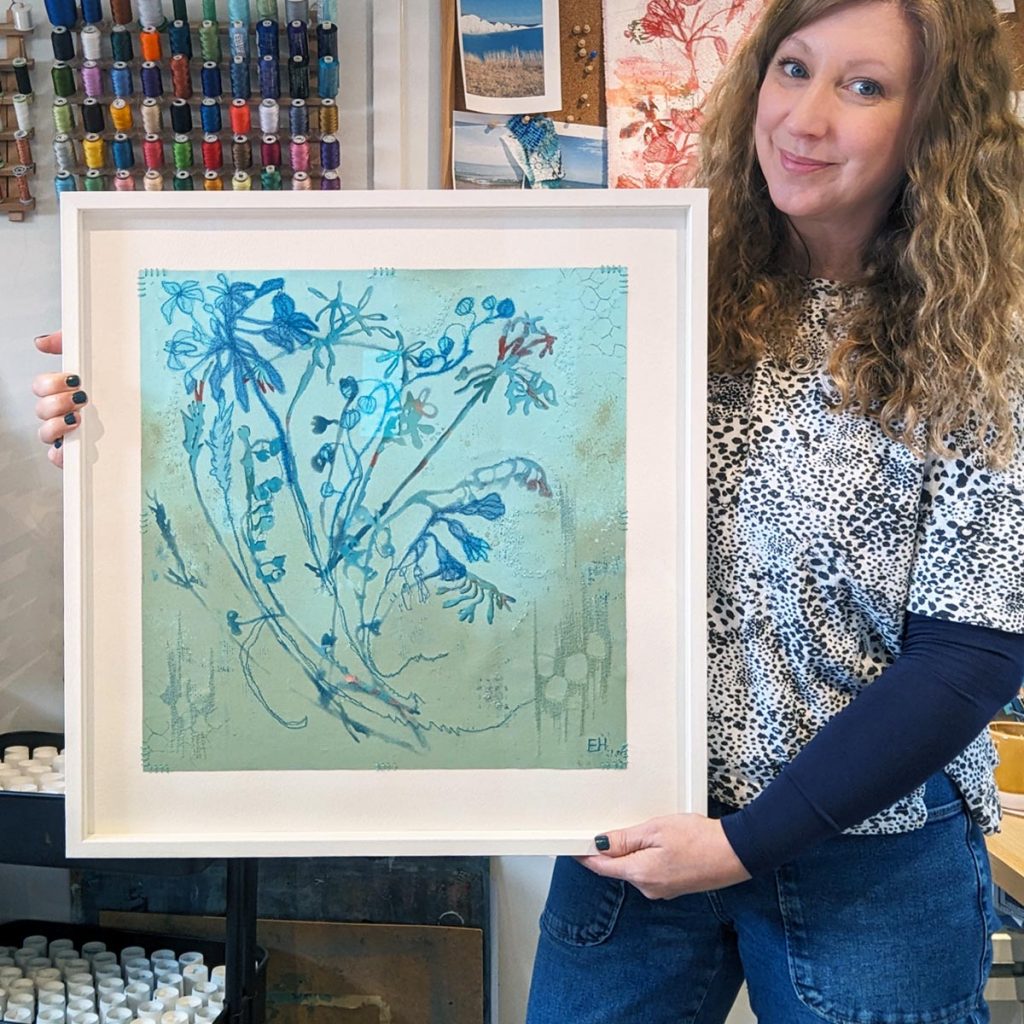
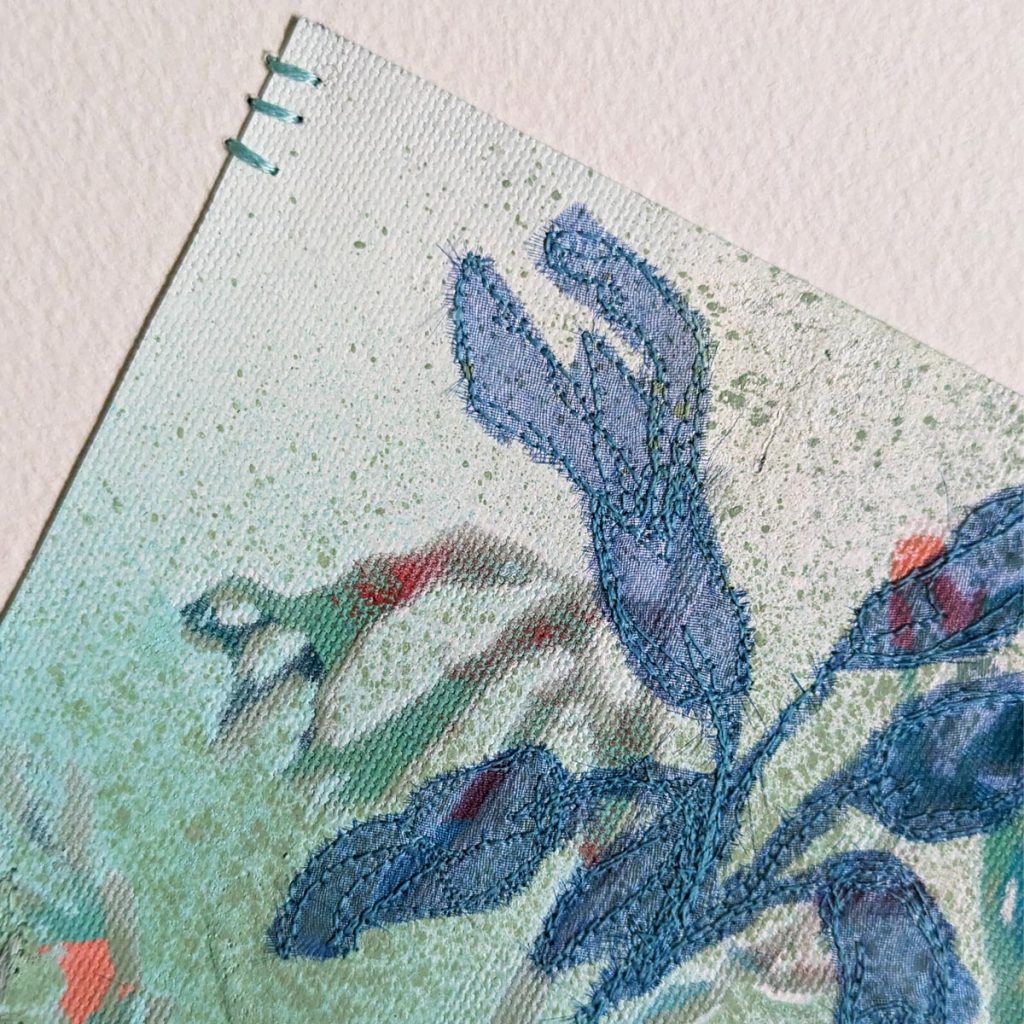
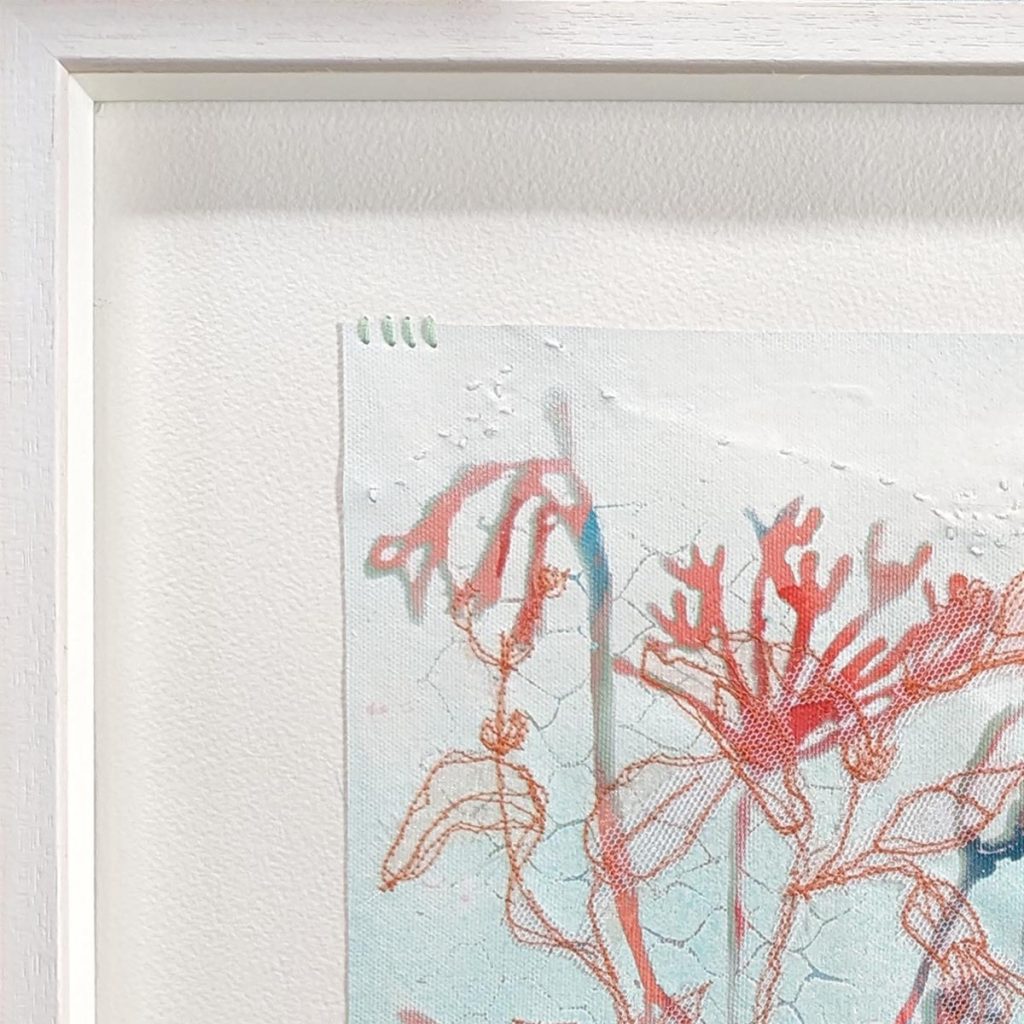
The age-old question…
I think what makes it difficult is that textiles is so varied, and the word can conjure up different things for different people. (After all, a rug is textiles. It’s artistic, it’s a craft, but I don’t consider it to be textile art.) It’s all about breaking down the barriers of what ‘textile art’ means, so it all comes down to the age-old question: ‘What is art?’.
It’s important that textile art sits alongside fine art in exhibitions… because why shouldn’t it? Ceramics is often considered a craft, but will also sit alongside paintings.
Someone might put paint on a canvas. Someone else might use watercolours. What difference does it make if I put stitch on my painting?
It’s just another way of expressing yourself. All techniques and materials are valid.

New attitudes
Nowadays, textile art is finally being taken seriously. Because of the historical association with gender norms, sexuality and identity (and often being dismissed as ‘women’s work’) textile art is ‘ripe for subversion and reimagining’.
Not only that, but because we’re in a time of slick flat screens and everything being immediately at our fingertips, there’s something special about the tactile, careful process of creating textile art. It’s a soothing change from the frenzy of modern life.
The situation still isn’t perfect, but I don’t feel like I’m going to be sidelined as much as I used to for doing textiles. I’ve also seen other textile artists get their work accepted into big, established exhibitions – and they’re not ‘just’ textile exhibitions. They’re art exhibitions.
There’s no going back now. And I think it’s only going to get better.
Feeling inspired to get creative?
If you’d like to have a go at textile art yourself, check out the Flourish Textile Art Hub. Discover my latest workshops and free resources today!

